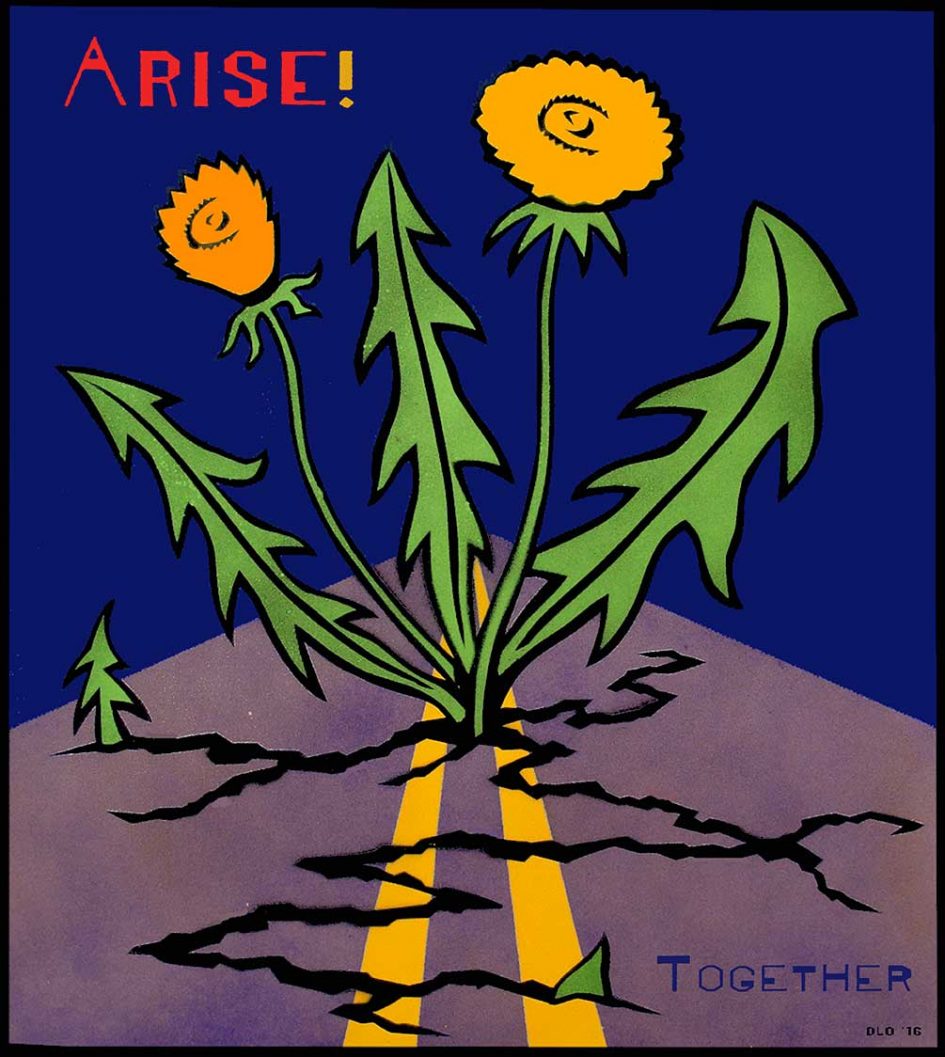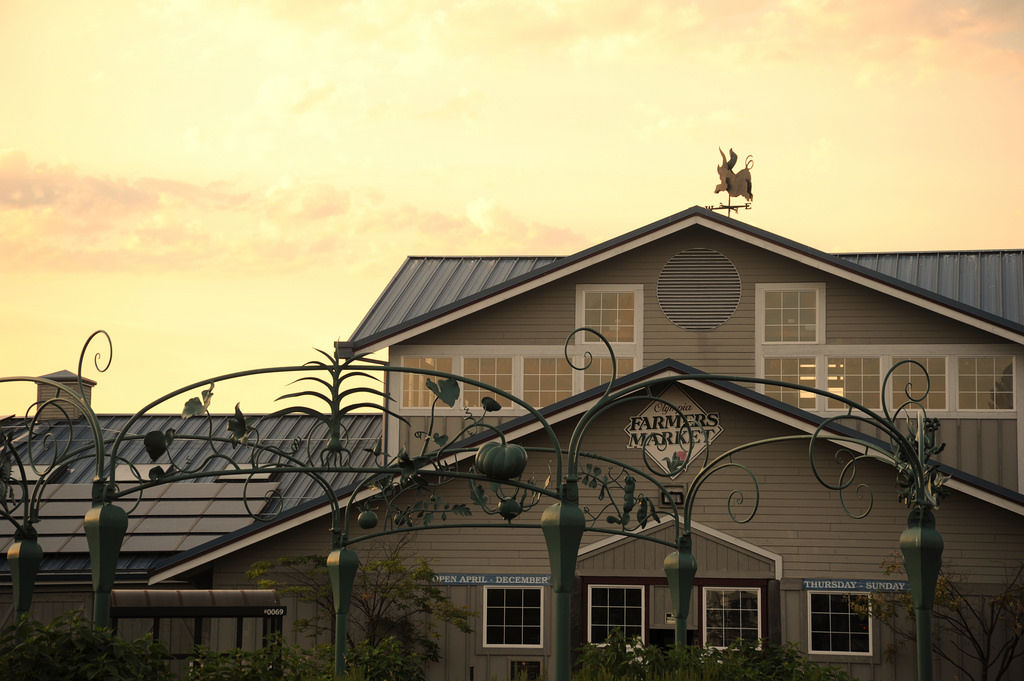As the quarter officially reaches its halfway point, I am happy to say that the project to increase local produce sourced by OFM restaurants is finally under way!
After a short battle with a cold in the beginning of the week, I was able to recover in time for my meeting with Mary DiMatteo, the Community Outreach Manager of the Olympia Farmers Market. We fleshed out a plan in moving forward to work out the feasibility of such an endeavor.
While I am no business genius, I felt that much of this process was going to entail similar steps and practices to my work with the Real Food Challenge and Food Systems Working Group.
Firstly, creating a space for all parties involved to voice their opinions, interests, and concerns equally is crucial in any sort of collaboration like this. Just as I am responsible for delicately balancing the needs and ideals of passionate students, RAD, and Aramark, it will be important to include all of stakeholders involved in the OFM project – the restaurants, the farms, the OFM board, and of course, the patrons.
We decided that in order to cultivate this relationship moving forward we needed to start by drafting a letter to the OFM restaurants explaining our intentions, and requesting feedback in the form of a short survey regarding the logistics of their purchasing needs. While this is what I worked on most of this week, Mary and I brainstormed some potentially relevant questions to ask the restaurants, such as:
- What types of produce do your purchase for your restaurant?
- In what quantities do you purchase said produce?
- How often is it delivered?
- In what form, if any, are these items processed before you receive them? (e.i. Shredded, chopped, frozen, etc.)
- What are the potential barriers you foresee that would make purchasing from local farms challenging or impossible?
With this information we will be able to go to some of the farms we have selected to see with a framework of what they would need to provide, and if it was at all feasible from their end.
Of course, we can’t forget the main point of contention – money.
This is where my experience with the Real Food Challenge really comes in. The reality is that it is much more expensive to source from small, local farms. Buying from Charlie’s Produce or Sysco is not only less work, but cheap wholesale prices ultimately help a business’s bottom line. Even when the shift from industrial to local is made successfully, the cost of buying locally usually falls on the consumer in the form of a higher priced meal.
While asking Aramark for their invoices is acceptable here at Evergreen, such a strategy in this instance would seem aggressive and “aduit-y.” So in order to get a sense of what a competitive wholesale cost would be, it will be my job moving forward to look at menus and research wholesale prices of said produce with Sysco, Charlies, or any other larger food provider. Knowing this will be crucial if we striving to create a mutually beneficial business relationship between the farmers and the restaurants.
I have a feeling that as I continue to work on this project, I will really begin to learn about the feasibility of a more local food system. I am also really excited about the implications of this working out – The Farmers Market is already the ideal platform and model for an ethical, local economy in Olympia. This project has to potential to set an example for other downtown Olympia restaurants, slowly but surely changing our food system.
Excited to update you all as the project continues.
Until next time.



Leave a Reply